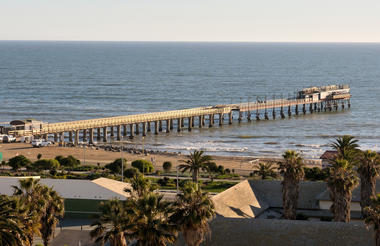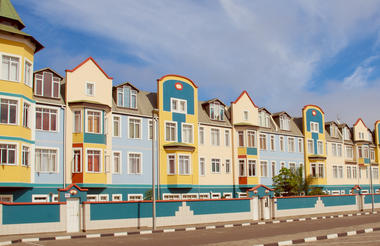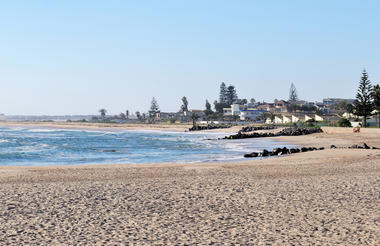Windhoek is Namibia’s capital, home to an international airport and a plethora of restaurants, shops, entertainment venues and accommodation options. The city is clean, safe and well-organised, with a colonial legacy that is reflected in its many German eateries and shops, and the widespread use of the German language. Windhoek has an interesting mix of historical architecture and modern buildings, many of which are worth a look, including the Alte Feste (Old Fort), the 1896 Christuskirche (Christ Church), and the more contemporary Supreme Court.
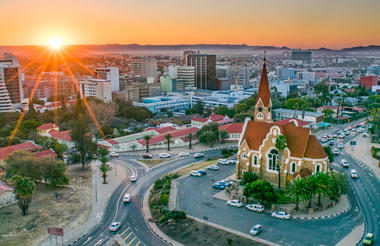
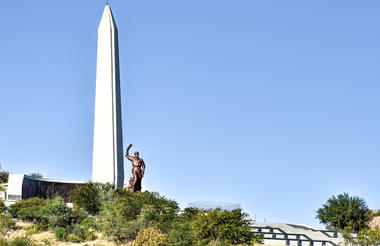
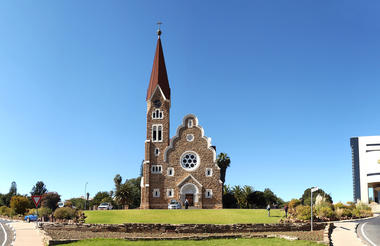
Set just 250 kilometres from the bustling capital of Namibia, the 10,000-hectare Intu Afrika Kalahari Game Reserve presents a landscape of unparalleled natural splendour. Deep red and clay-coloured dunes fan into the distance, decorated with areas of grasslands, shrubs, and trees. The park is home to an impressive array of wildlife, including black wildebeest, springbok, oryx, giraffe, and a large population of meerkats. This is the perfect place to learn about the ancient way of life; visitors can follow a !Kung guide through the desert and learn survival techniques. Make sure to take a look at the exquisite handmade crafts in the village. Hiking, 4x4 excursions, and quad-biking will appeal to adrenaline seekers.



Carving out an epic rocky wonderland in the south of Namibia, the Fish River has created Africa’s largest and the world’s second largest canyon. Hot, dry and stony, the Fish River Canyon measures a whopping 160 kilometres in length, at times 27 kilometres in width and 550 metres in depth. The awe-inspiring natural beauty of this ancient geological marvel draws visitors from around the globe. For those looking for adventure, the intense 85 kilometre Fish River Hiking Trail through1.5 billion years of geological history will definitely thrill avid adventure enthusiasts, and for visitors looking to relax, head over to the canyon's southern end to enjoy a soak in the mineral waters of the renowned hot springs of Ai-Ais, or take in the spectacularly scenic views from Hobas Restcamp as well as numerous other viewpoints along its rim. Other popular activities include: scenic chartered flights, horse riding, nature drives and seasonal kayaking.



Located near the town of Luderitz on the west coast of Namibia, Shark Island, despite its misleading name, is not inhabited by sharks but instead is home to colonies of cape fur seals. This peninsula, formerly an island, offers stunning views of the bay, Luderitz town, and its harbour, making it an ideal destination for self-drive tourists seeking a value-for-money experience. Steeped in history, Shark Island has witnessed various transformations, from being a trading base founded by Adolf Luderitz in 1883 to becoming a site of unspeakable tragedy during Namibia's colonial era. Once used as a concentration camp by the Germans from 1904 to 1908, it has since been repurposed as a memorial site, serving as a poignant reminder of the dark chapters in the region's past.

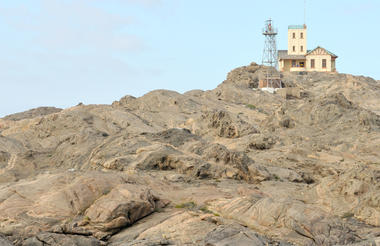
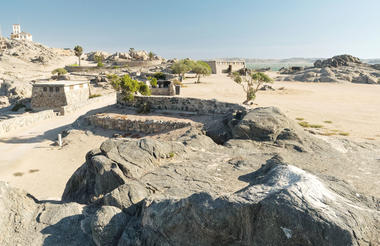
As there is no accommodation at Sossusvlei, visitors to this desert wilderness are likely to end up staying at Sesriem, 65 kilometres away, where camps and lodges serve as a base from which to explore the dunes. Sesriem Canyon, a deep chasm carved through the rocks by water, is a striking natural feature of the area that is best explored on foot. Stony walls rise up sharply on both sides of the canyon, while birds roost in its crags and lizards dart along the ledges. The canyon’s name was coined when early settlers used it as a water source, using six lengths of leather (‘ses riem – six thongs) tied together to lower buckets into the water at the base of canyon.)
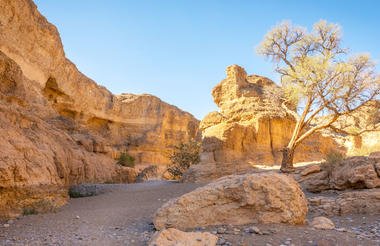
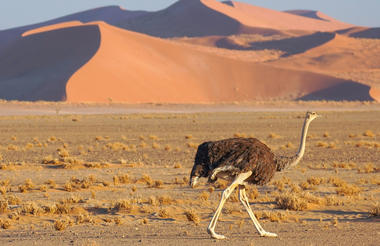
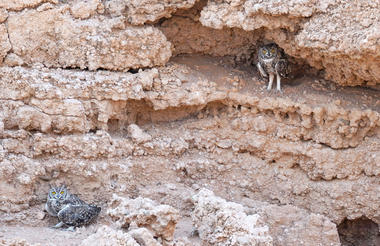
Founded in 1892 as the main harbour for German South West Africa, Swakopmund is often described as being more German than Germany. Now a seaside resort, Swakopmund is the capital of the Skeleton Coast tourism area and has plenty to keep visitors happy. The quirky mix of German and Namibian influences, colonial-era buildings and the cool sea breeze make it very popular.
